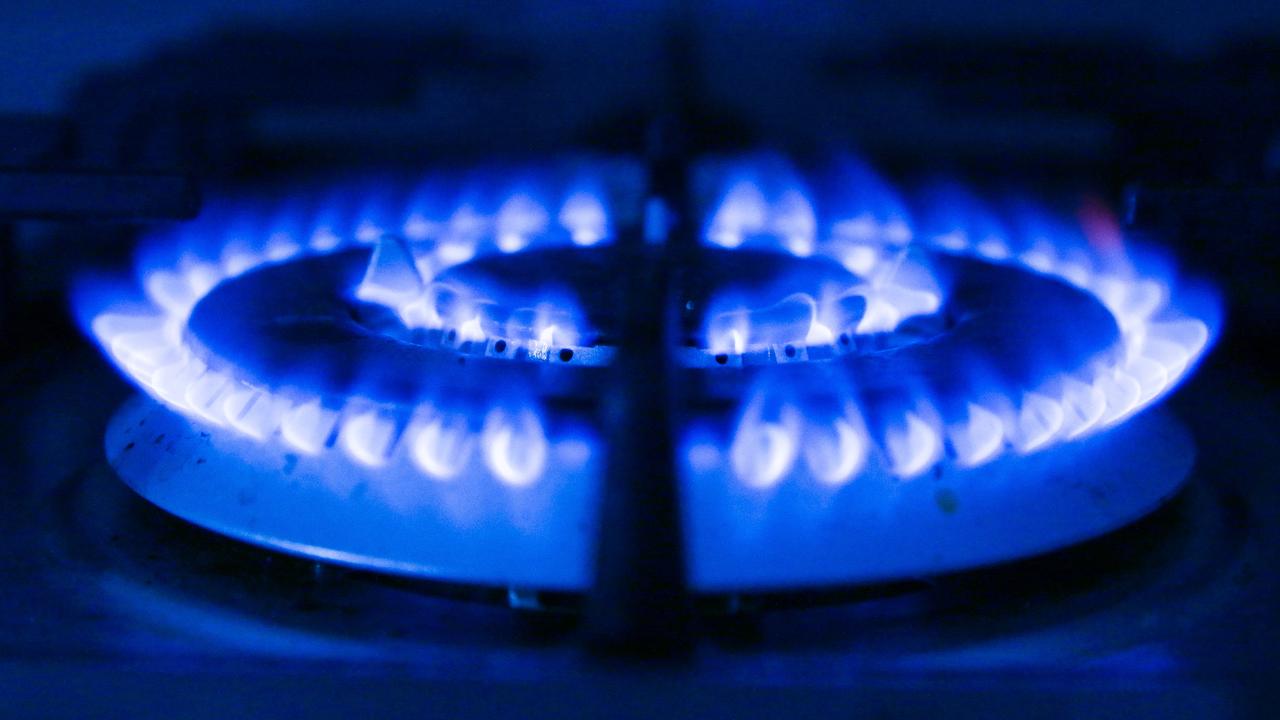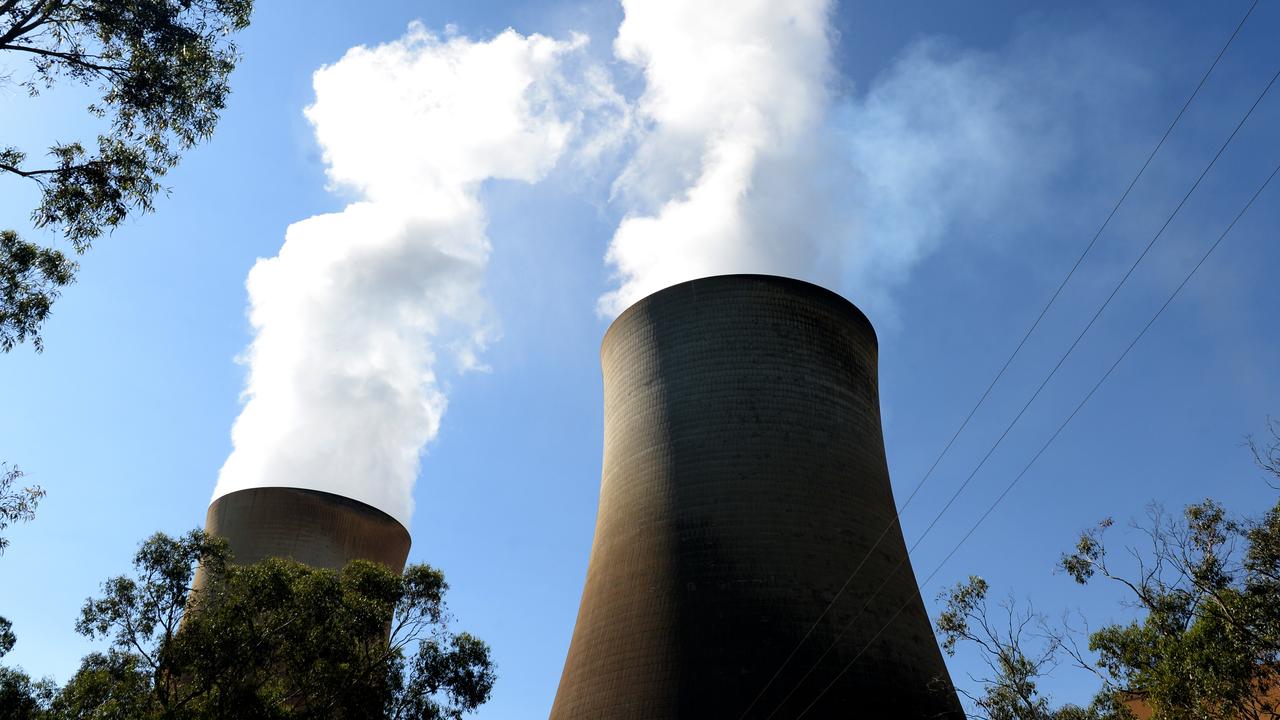From Sydney to London: What rising seas could do to our cities
Sydney’s Opera House and the Australian Centre for Contemporary Art in Melbourne could become virtual islands if sea levels continue to rise.

Environment
Don't miss out on the headlines from Environment. Followed categories will be added to My News.
World landmark buildings such as Sydney’s Opera House and London’s Buckingham Palace will become completely surrounded bywater during high tides and extreme weather events if global sea level rise continues unchecked, alarming new simulations show.
The streets of many major cities could go underwater, while the rising tide could turn the Australian Centre for Contemporary Art building in Melbourne into a virtual island, the simulations suggest.
With a bit of digital trickery, the global environmental group Climate Central has depicted the effects of sea level rise for 200 coastal locations around the world, using topographical information to show how far waters could reach during high tides at warming scenarios of up to 4 degrees.
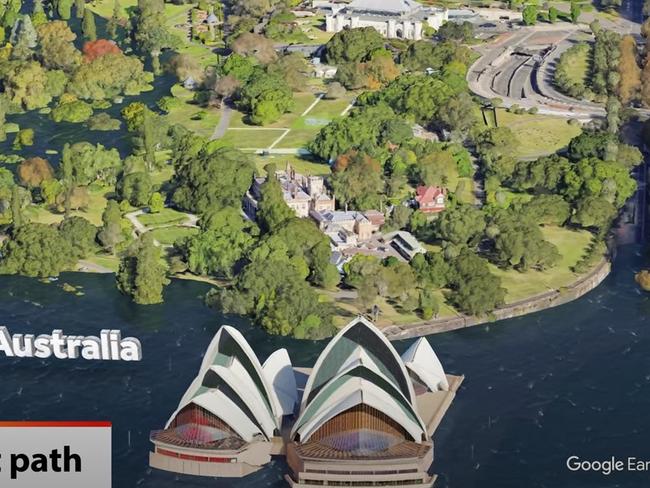
An accompanying research paper published today in Environmental Research Letters states global sea levels could be 73cm higher by the end of the century in a 4-degree warmer world. International efforts are focused on limiting global warming to a maximum of 2 degrees.
The images of the Opera House and Buckingham Palace may look like something out of a science fiction movie, but Australian experts stressed the higher warming scenarios were not inevitable, and the simulations did not take into account the common-sense drainage and engineering solutions that would be deployed to protect important structures from encroaching water.

Honorary Professor Andrew Short from the School of Geosciences at Sydney University said such depictions were “misleading”.
“The Opera House will never become an island because we’ll respond to it before it gets to that stage, and to become an island it would be a few metres [of sea level rise] which would take centuries at the present rise,” he said. “If we chose to do nothing then in a few centuries it could become an island, but that’s a highly unlikely event”.
Prof Short co-authored a paper last year rebutting suggestions half the world’s beaches would disappear as an effect of climate change, but he said sea levels were definitely rising, with evidence Australian tides were 25cms higher today than they were 100 years ago.
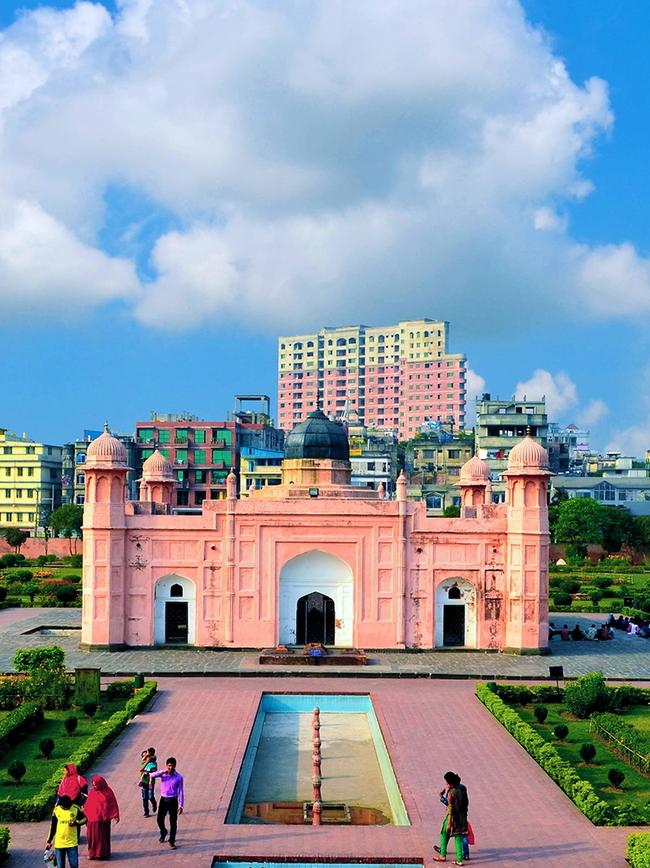
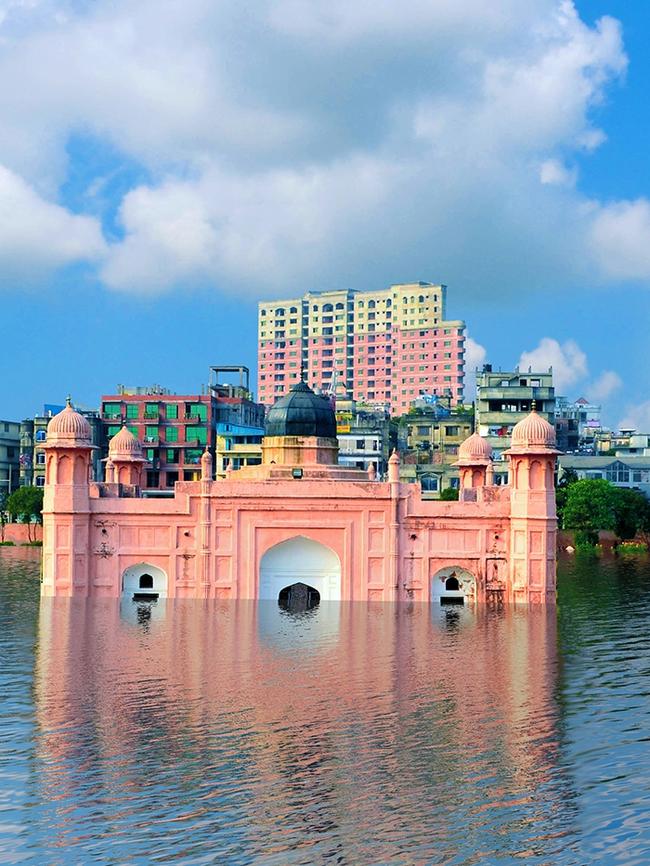
Some climate change critics claim tidal gauge records from Fort Denison in Sydney Harbour disprove sea levels have risen, but Prof Short said this idea was “fiction”.
“(The records) do go up and down, but the trend is always up,” he said.
The sea level rise Australia had experienced to date was chiefly affecting tidal flats and mangrove areas, Prof Short said, but the areas most vulnerable to higher waters in future would be the cities built on river deltas such as Cairns and Mackay, areas of reclaimed land in Melbourne and Sydney, and canal estates.
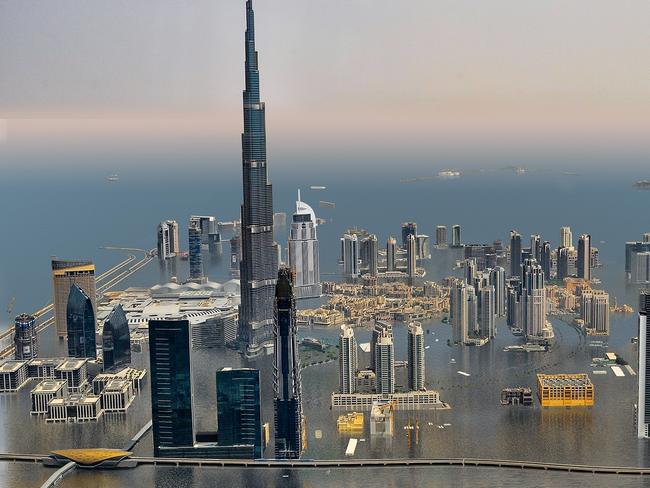
Fellow geoscientist Associate Professor Ana Vila-Concejo said it was difficult to predict when sea level rises might prove to be a pressing problem for Australia, but human-made structures on the water’s edge could be especially vulnerable.
“They do not have the capacity to react as natural systems do, so they’re very vulnerable,” she said.
Regarding water lapping at the Opera House forecourt, Assoc Prof Vila-Concejo said such a scenario was “absolutely possible … however this might not end up happening because Sydney would try to engineer an icon such as the Opera House to protect it.”
“But I don’t think that would happen with all areas,” she said. “There isn’t enough money to protect every shoreline. Our government will have to choose what to save, what to engineer, and some parts will have to go.”
More Coverage
Originally published as From Sydney to London: What rising seas could do to our cities




